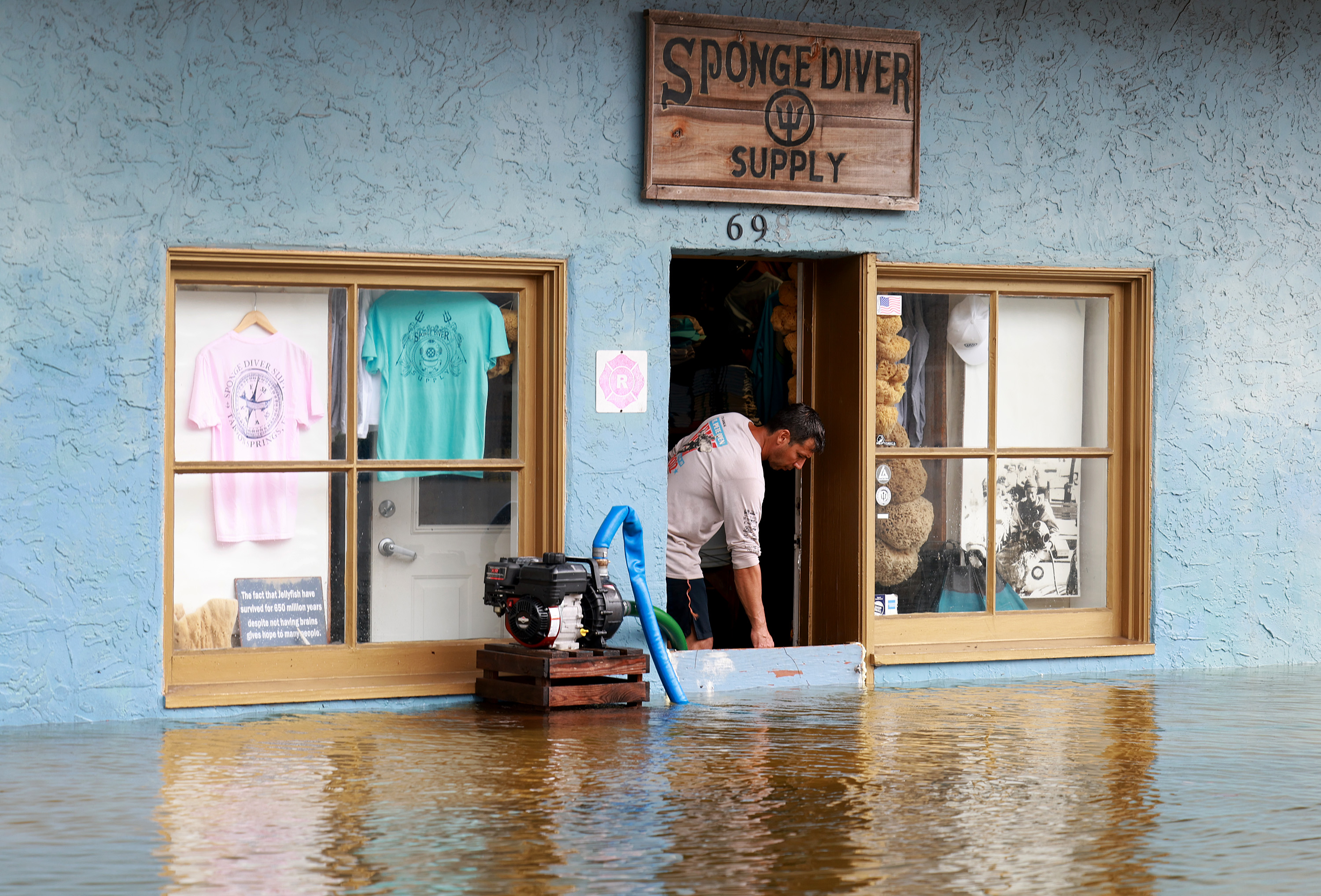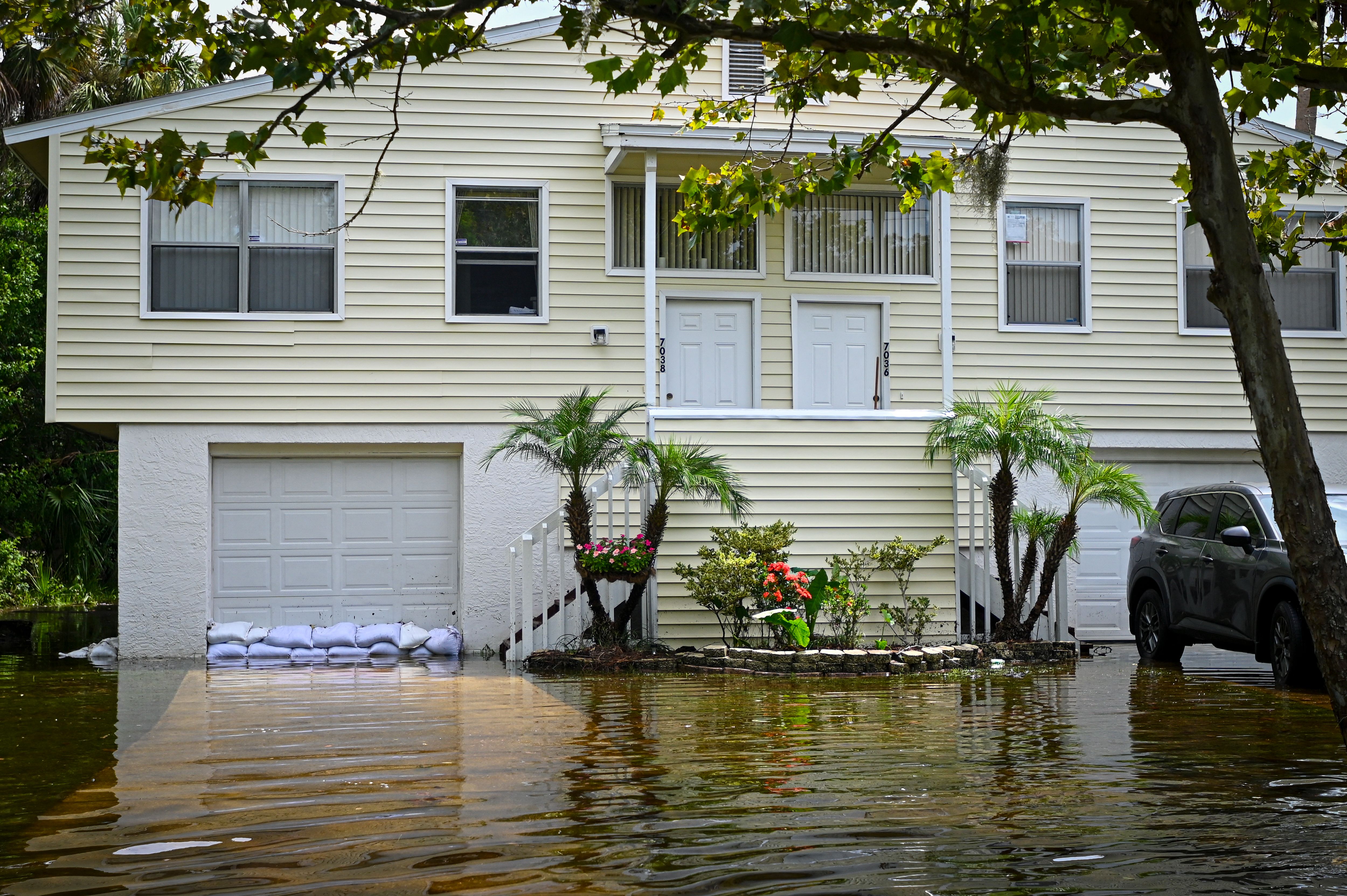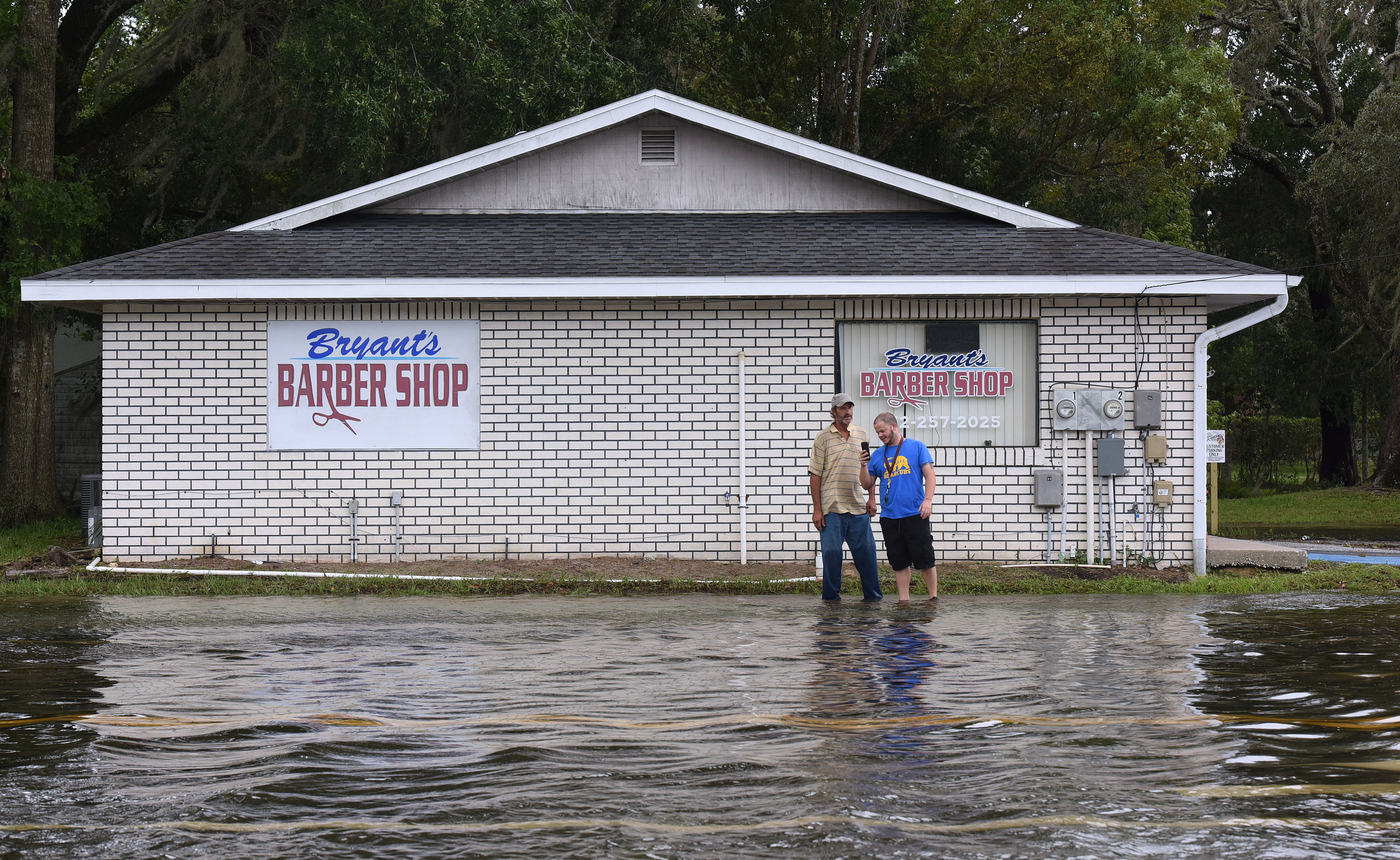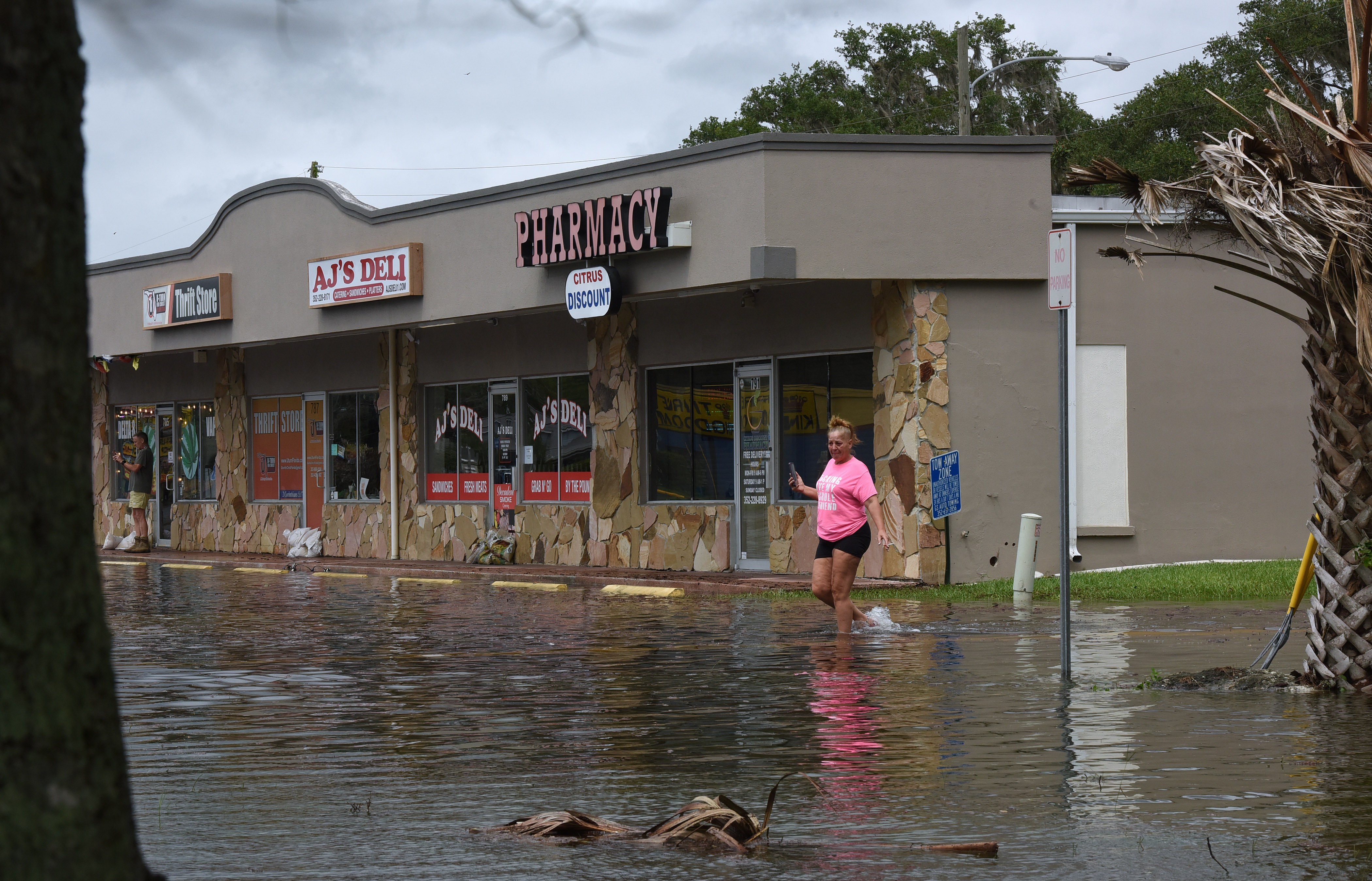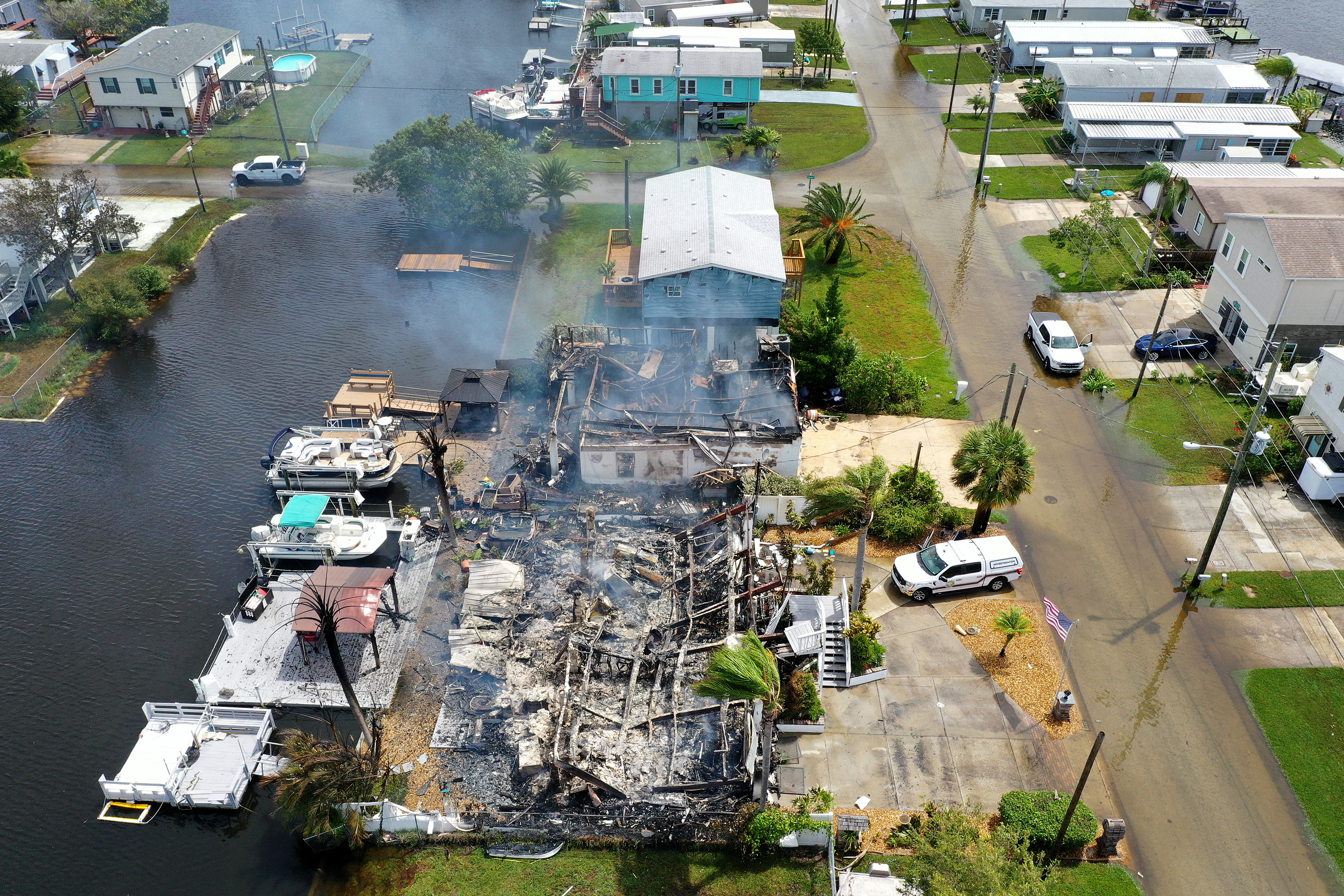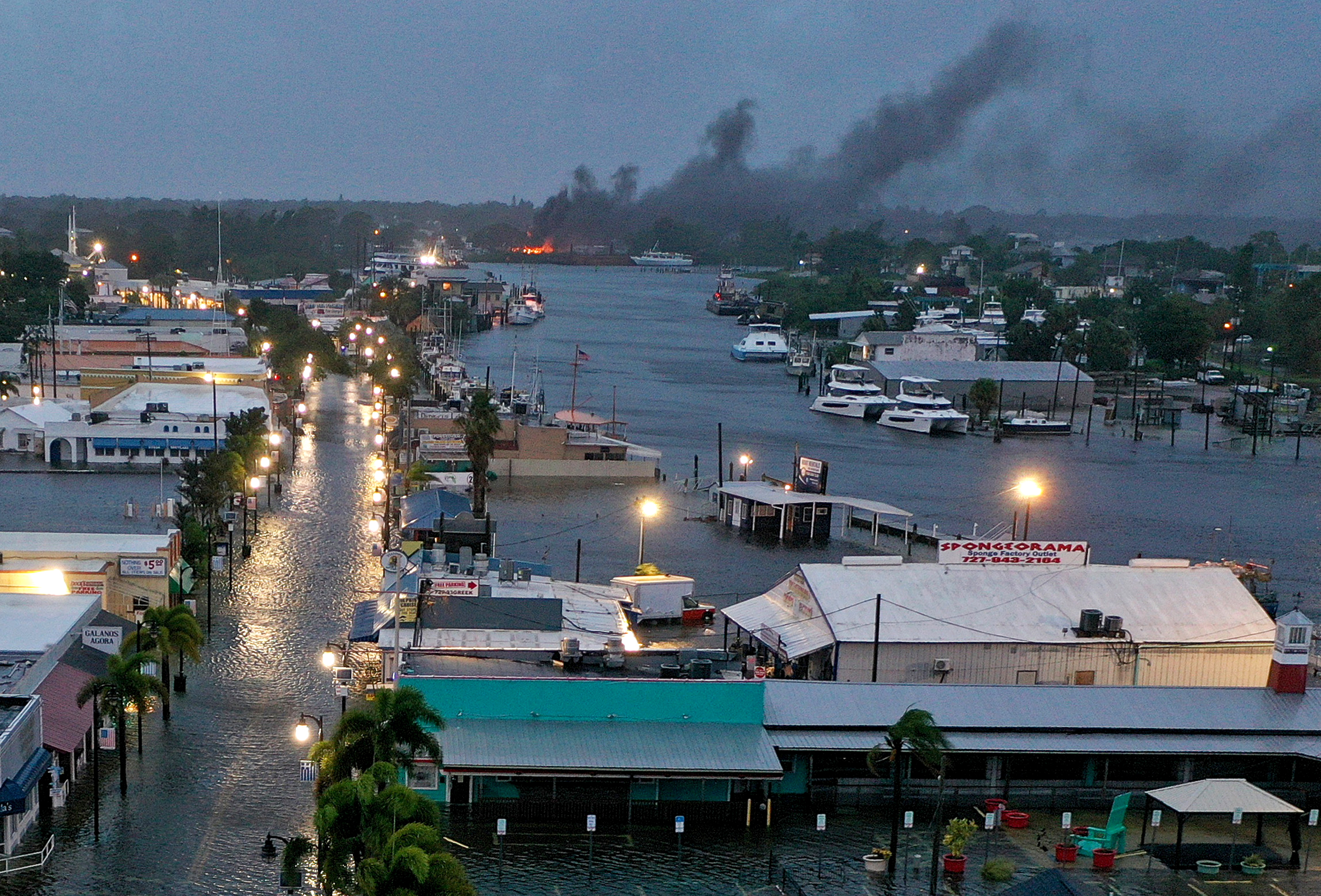Hurricane Idalia pummeled Florida’s Big Bend on its track toward Georgia and the Carolinas on Wednesday, leaving an estimated $6.3 billion in windstorm insured losses in its wake.
Idalia made landfall early Wednesday morning near Keaton Beach in Florida’s Taylor County as a Category 3 hurricane with winds up to 125 miles per hour, bringing up to 9 feet of storm surge to parts of the state’s Gulf Coast.
Moody’s RMS’ projection of $6.3 billion in average losses is nearly $1 billion less than previous estimates, according to The Insurer. Projections are for a 50 percent chance of $3.3 billion in losses, down from previously projected $4 billion, and a 10 percent chance of losses reaching nearly $16 billion, down from $25.6 billion.
The adjustment came after Idalia slammed the Big Bend area, a much more sparsely populated and developed area than Tampa Bay to its south. While the estimate is for damage to insured real estate and other property, such as cars, it’s likely that real estate makes up a large portion of the estimated losses.
Losses will likely be higher when flood damage is factored in. On Wednesday, authorities warned that flooding from storm surge on parts of the Gulf Coast could be exacerbated by an incoming king tide, or an especially high tide that occurs a couple of times each year, CNN reported.
Storm surge in Cedar Key, an island city in Levy County, reached a record 8 to 9 feet.
Idalia, which moved into Georgia Wednesday afternoon, slammed Florida’s Gulf Coast nearly a year after Hurricane Ian pummeled the region. Ian, which hit Punta Gorda in Florida as a Category 4 storm last September, caused $109 billion of total damage to the state from wind and flooding, making it the costliest storm in Florida history.
Idalia arrives as the state’s property insurance industry is already strained, with homeowners experiencing 10 percent to 100 percent premium hikes over the past year. Builders risk policies, which cover windstorm, flood and other damage for projects under construction, increased by an average of 20 percent over the past year, according to Jim McCue, chief operating officer at NSI Insurance Group.
Commercial real estate insurance also is expected to increase this year by 50 percent, although a doubling of premiums, especially in coastal areas, won’t be out of the question.
100 year old oak tree falls on the Governor’s Mansion in Tallahassee — Mason, Madison, Mamie and I were home at the time, but thankfully no one was injured.
Our prayers are with everyone impacted by the storm. pic.twitter.com/l6MOE8wNMC
— Casey DeSantis (@CaseyDeSantis) August 30, 2023
Idalia could test homeowners insurance reform measures that state lawmakers passed last year. Florida legislators banned assignment of benefits, which allows contractors to step into the shoes of homeowners and aggressively pursue payment from carriers, and also did away with a provision that left insurers fully liable for legal fees, regardless of the outcome of litigation.
Insurers wary of hefty payouts tied to hurricanes in Florida have been exiting the Sunshine State. This summer, Farmers Insurance said it won’t renew existing policies or write new ones. Still, Farmers-covered homeowners who suffered property damage from Idalia won’t be impacted by the insurer’s exit, as the carrier still covers them through next year.
–– Lidia Dinkova
